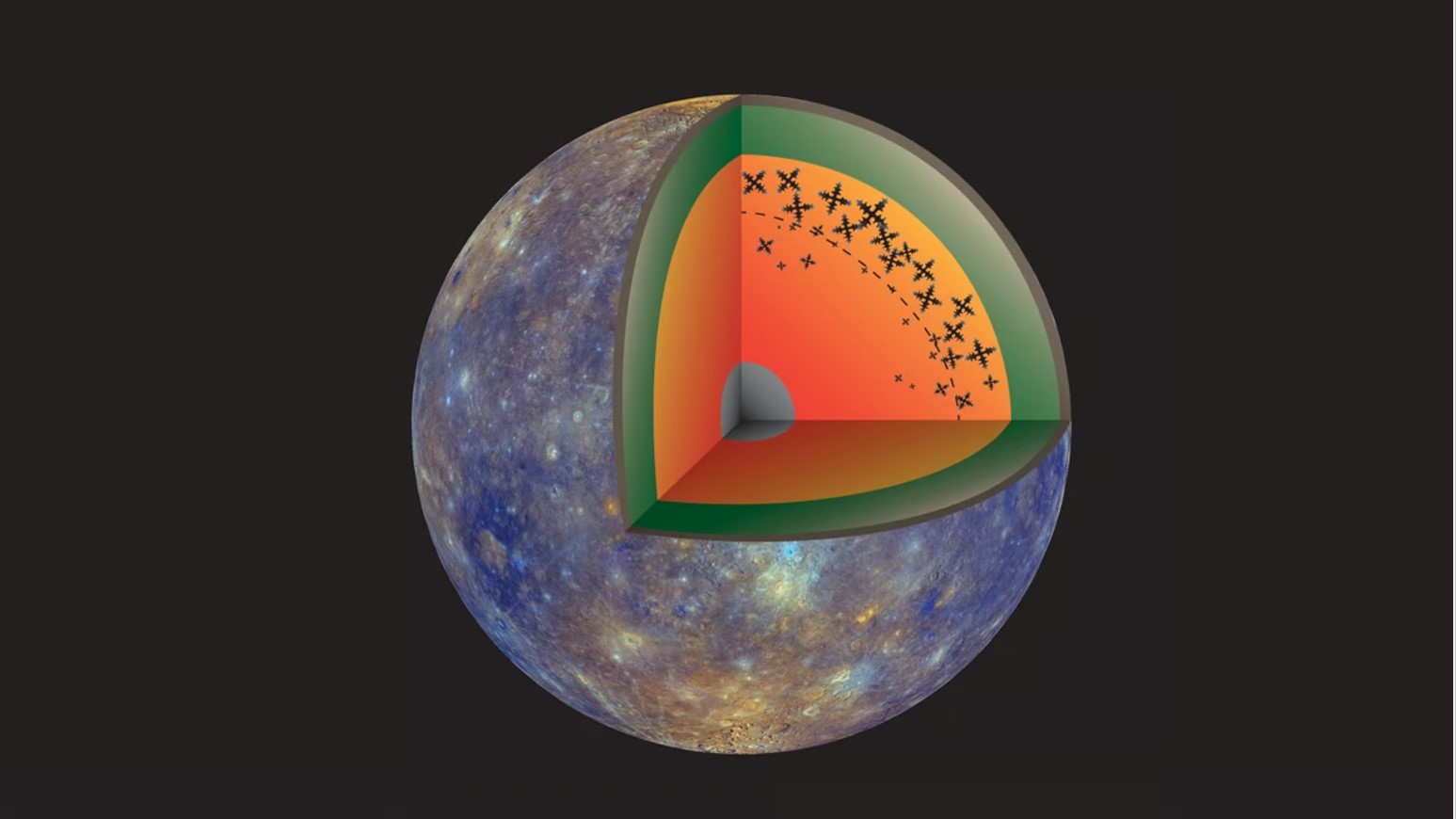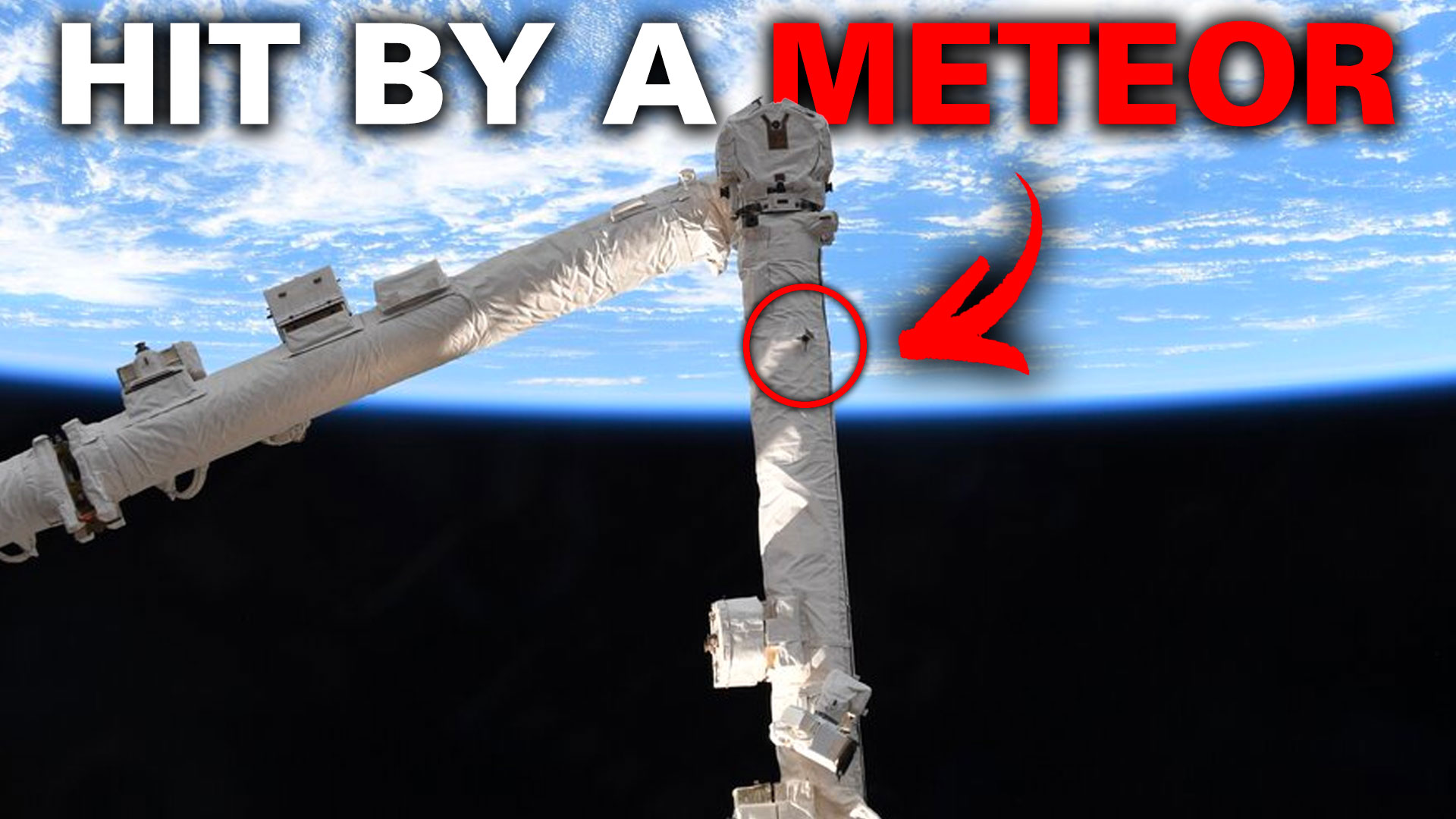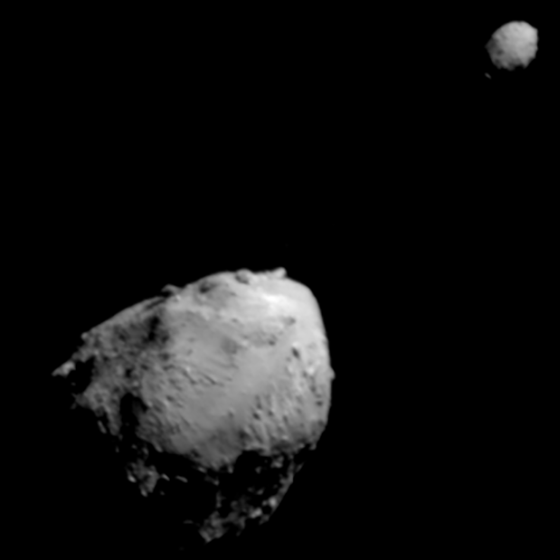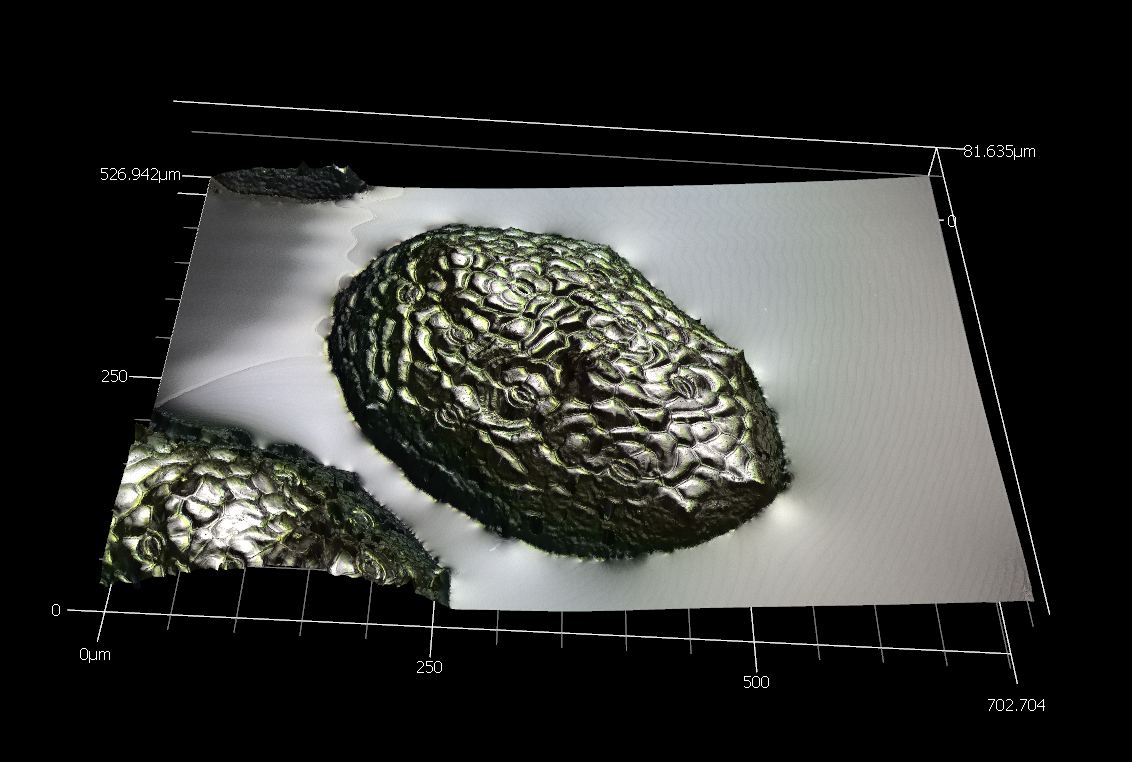The early universe, according to the Standard Model of Cosmology, ought to be a fairly homogenous place, with little structure or arrangement. In 2021, however, astronomers discovered a large pattern of galaxies forming a giant arc 3.3 billion light years across. Now, a second large-scale pattern has emerged. This time, it’s an enormous circle of galaxies, nicknamed the Big Ring. Together, the Giant Arc and the Big Ring present a challenge to the Standard Model, and may send cosmologists back to the drawing board.
Continue reading “Two Giant Structures Have Been Found Billions of Light-Years Away”Two Giant Structures Have Been Found Billions of Light-Years Away










